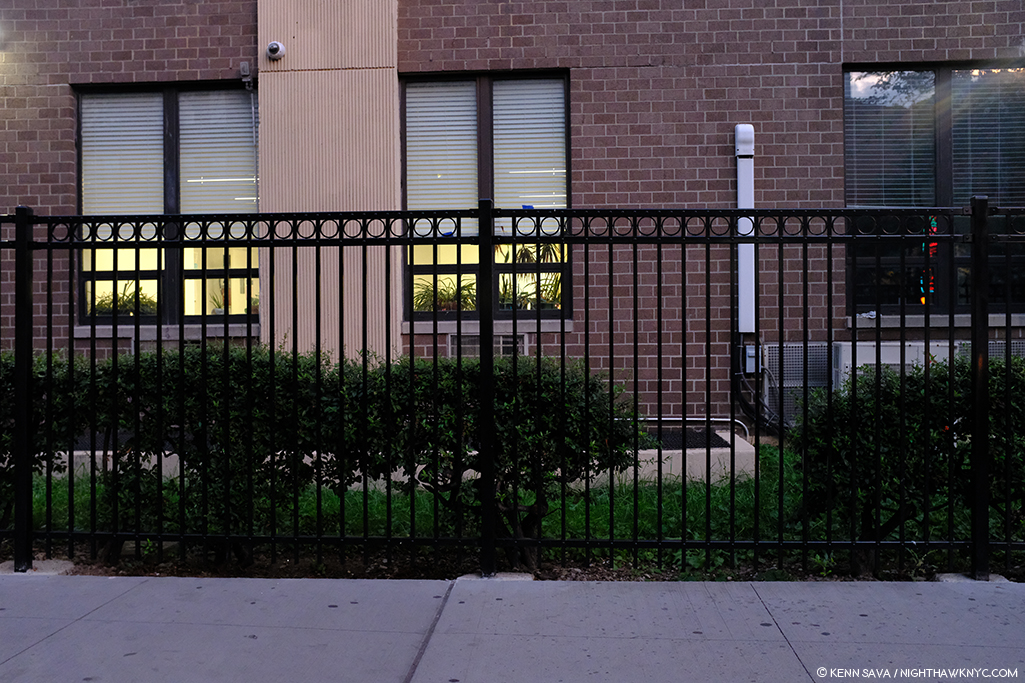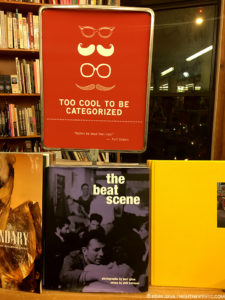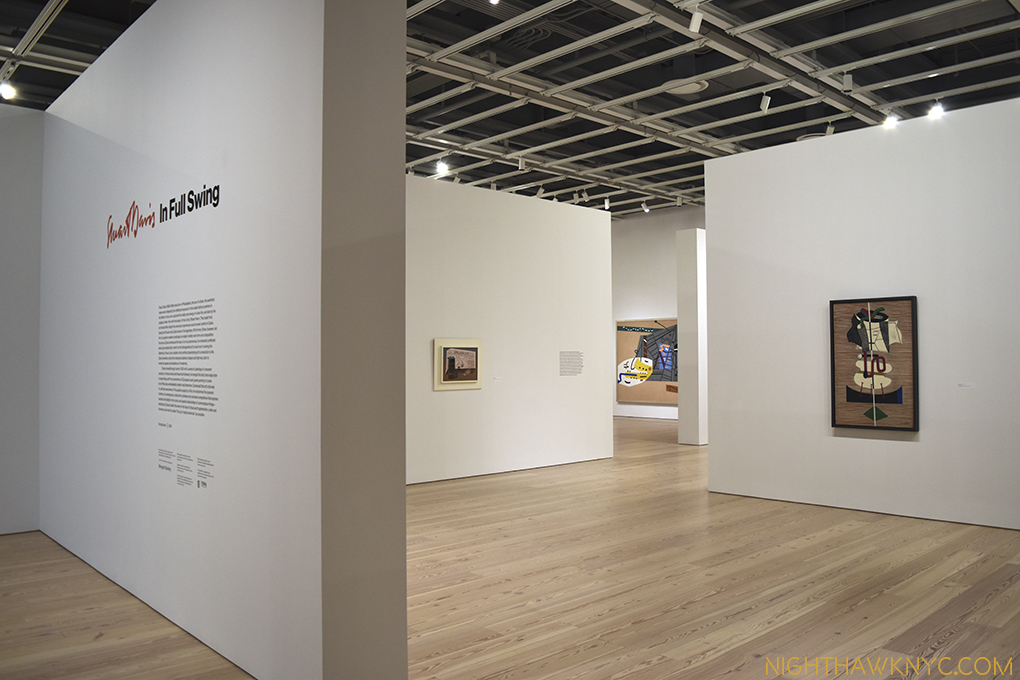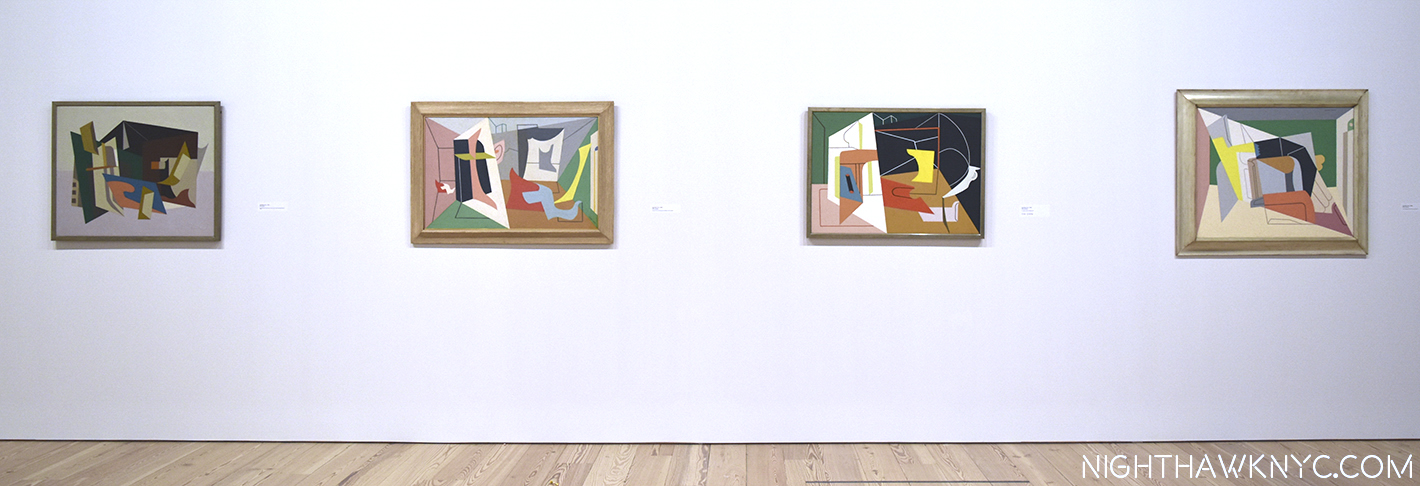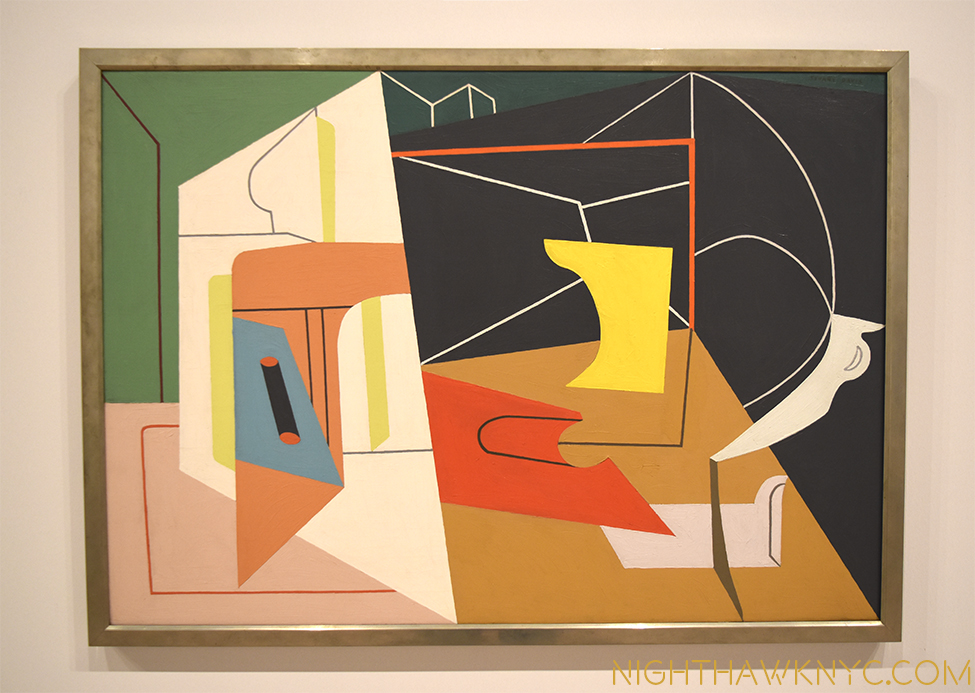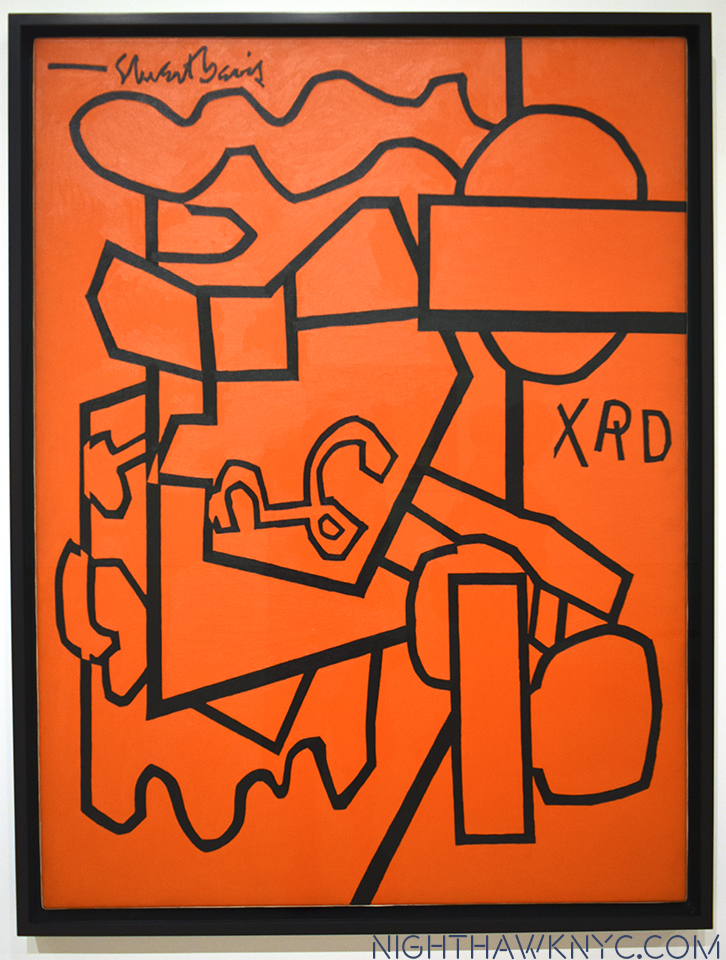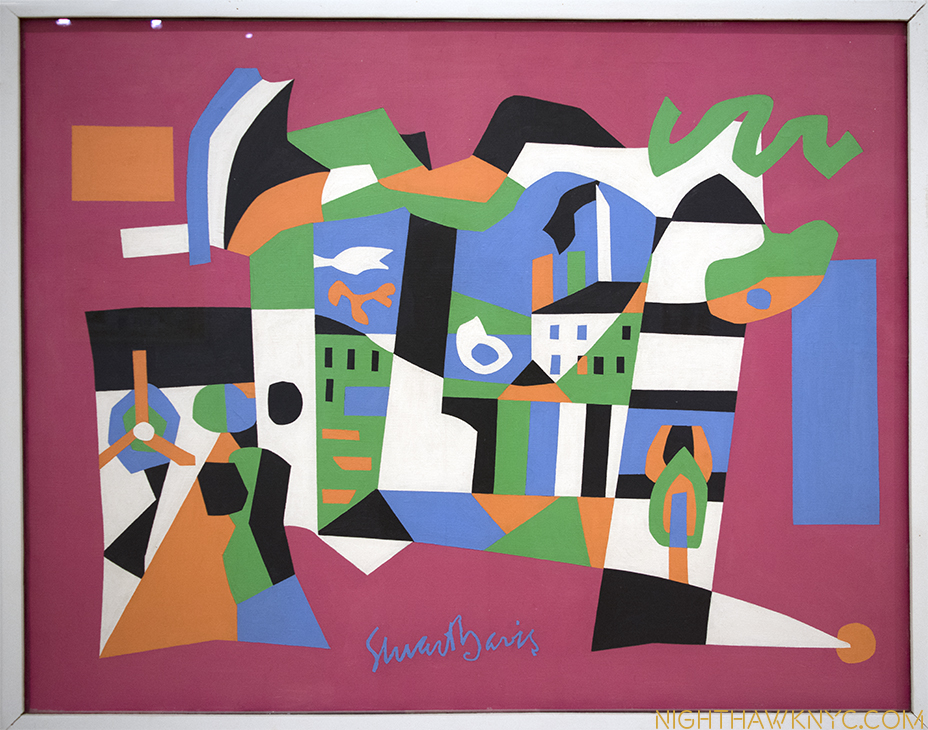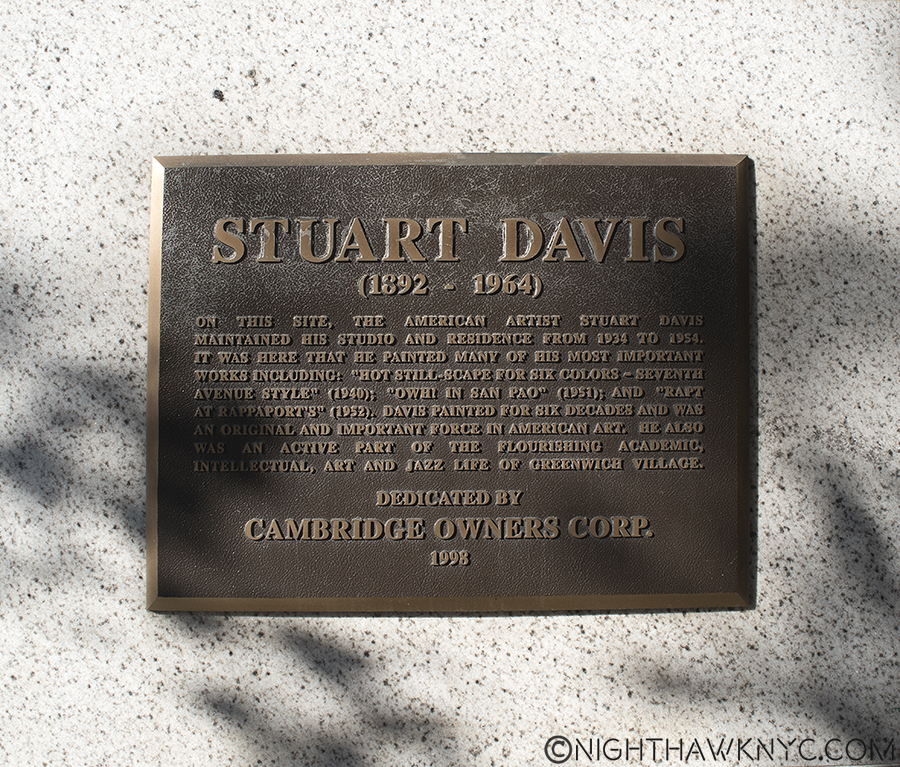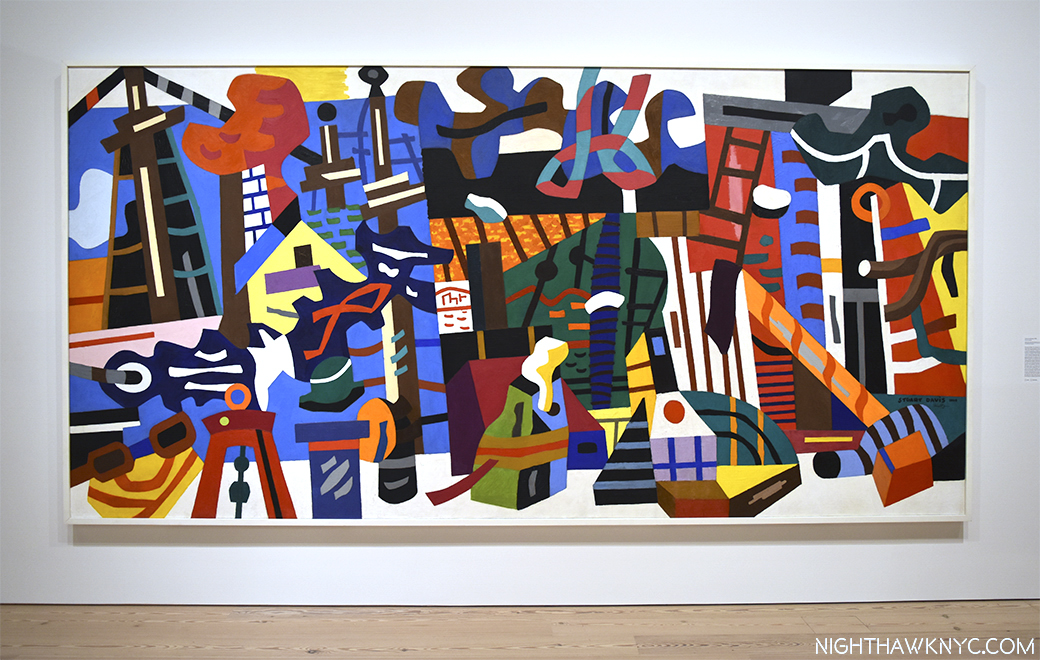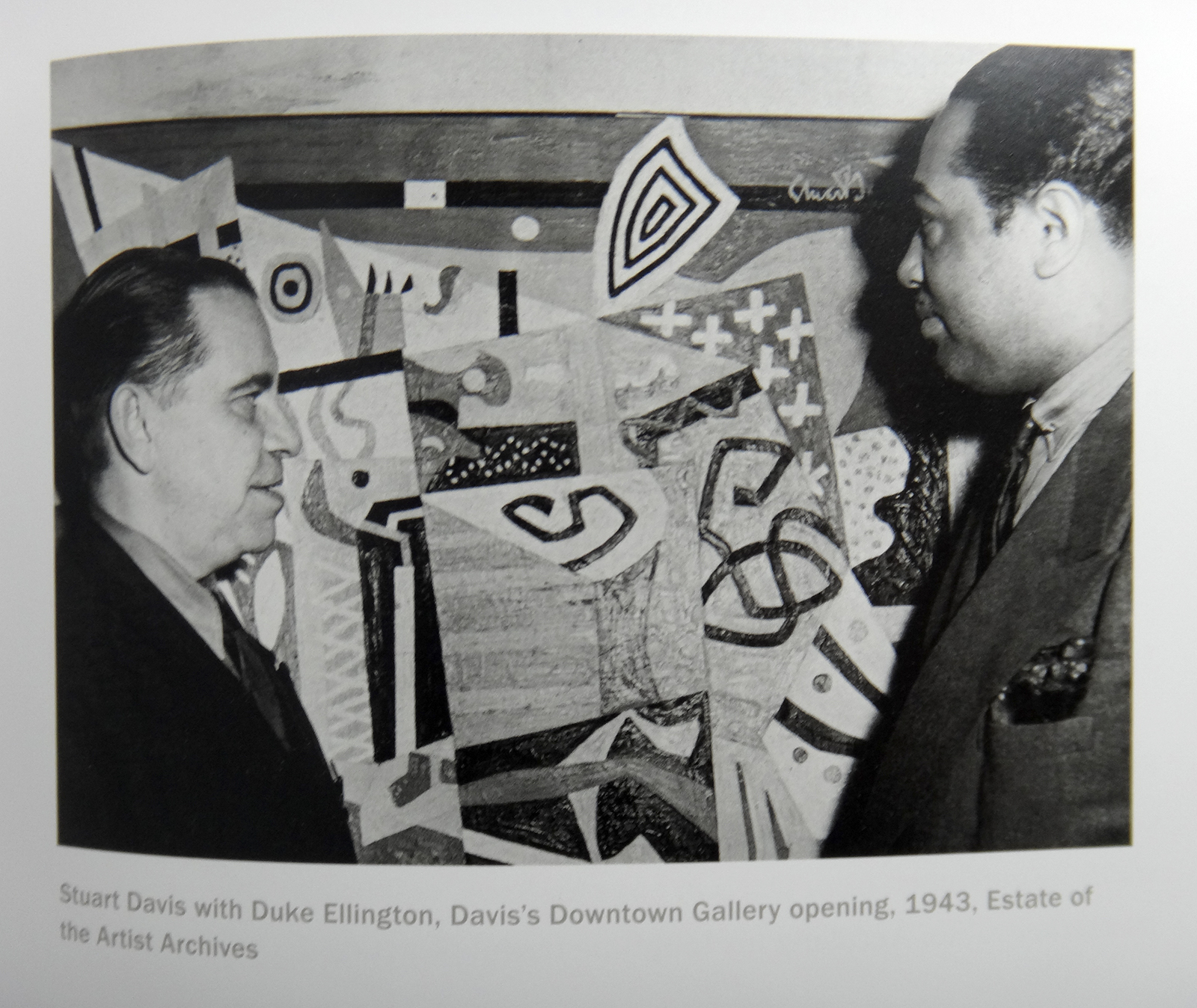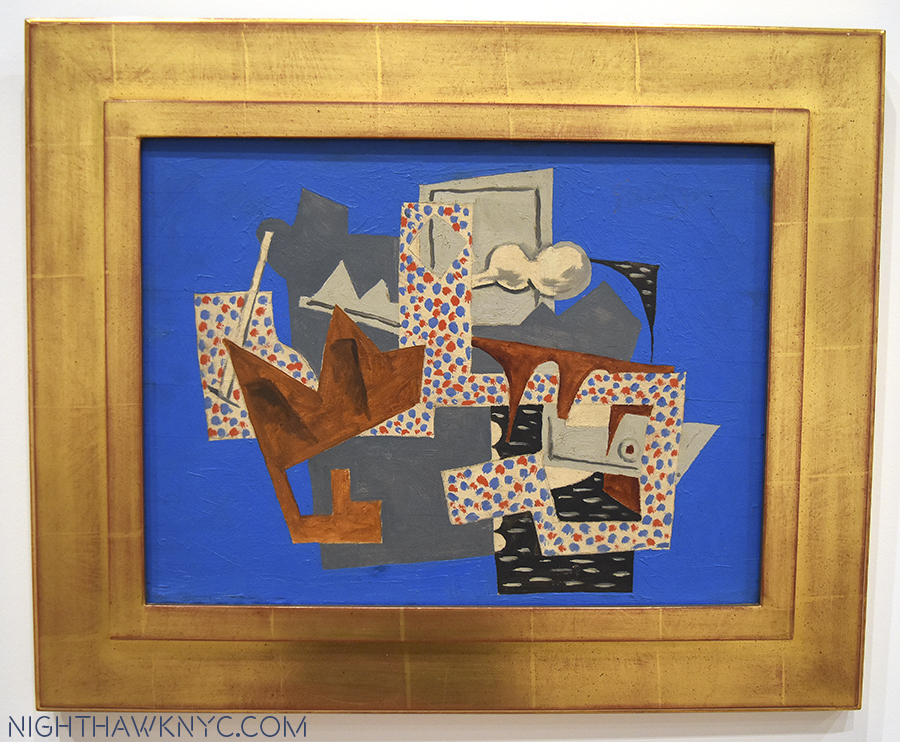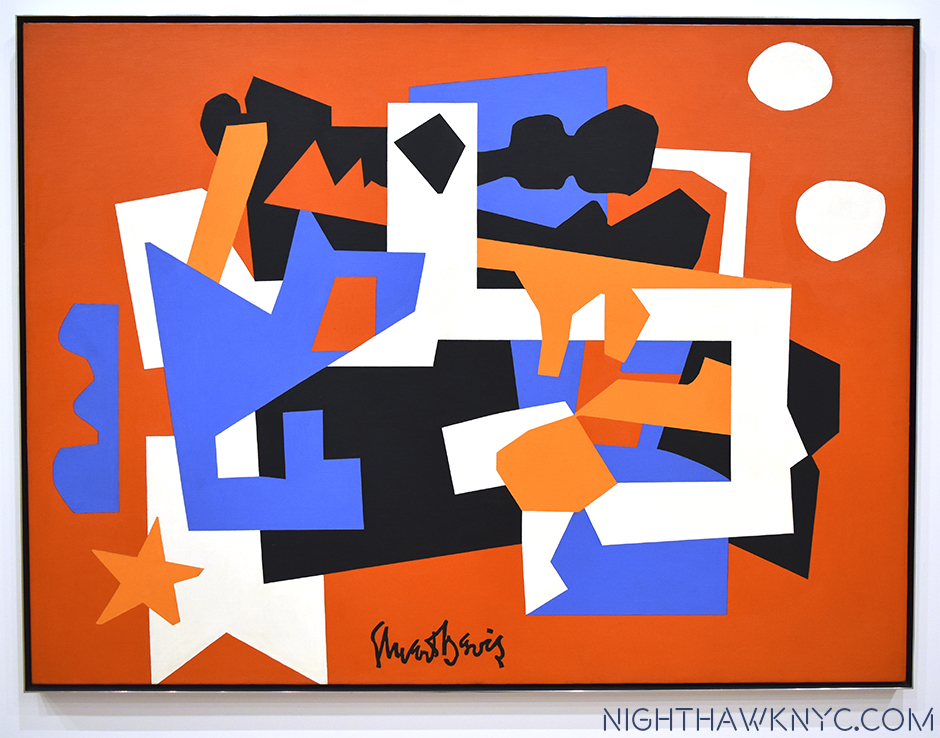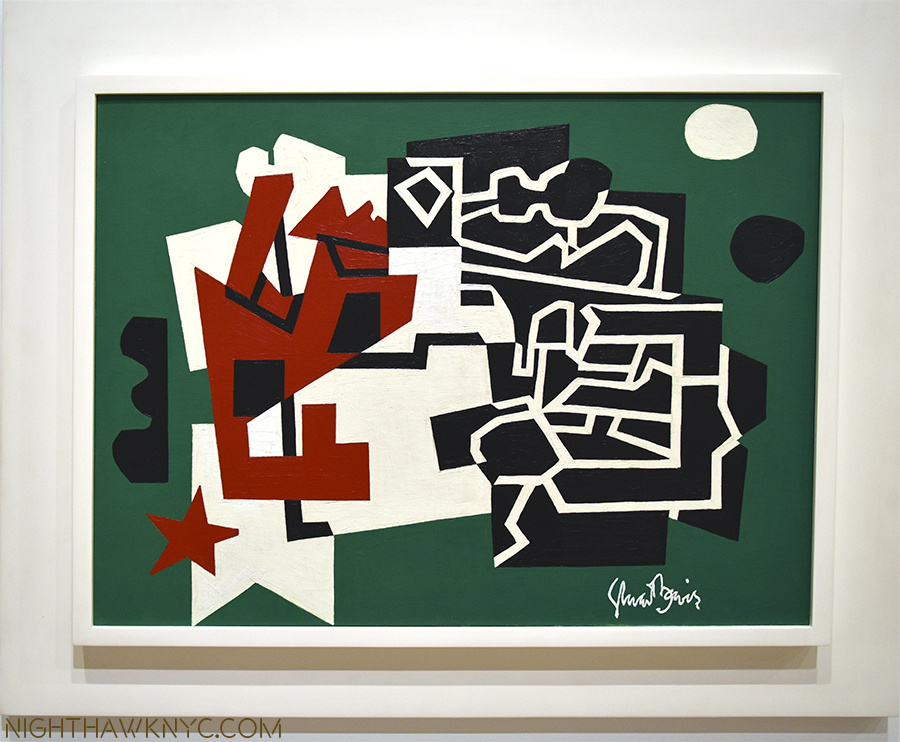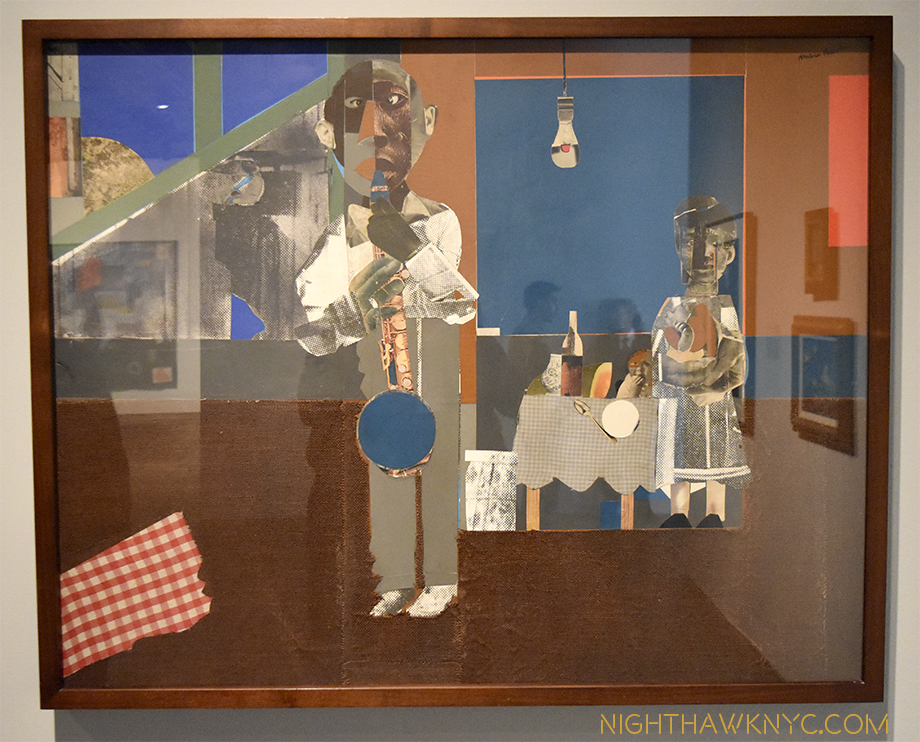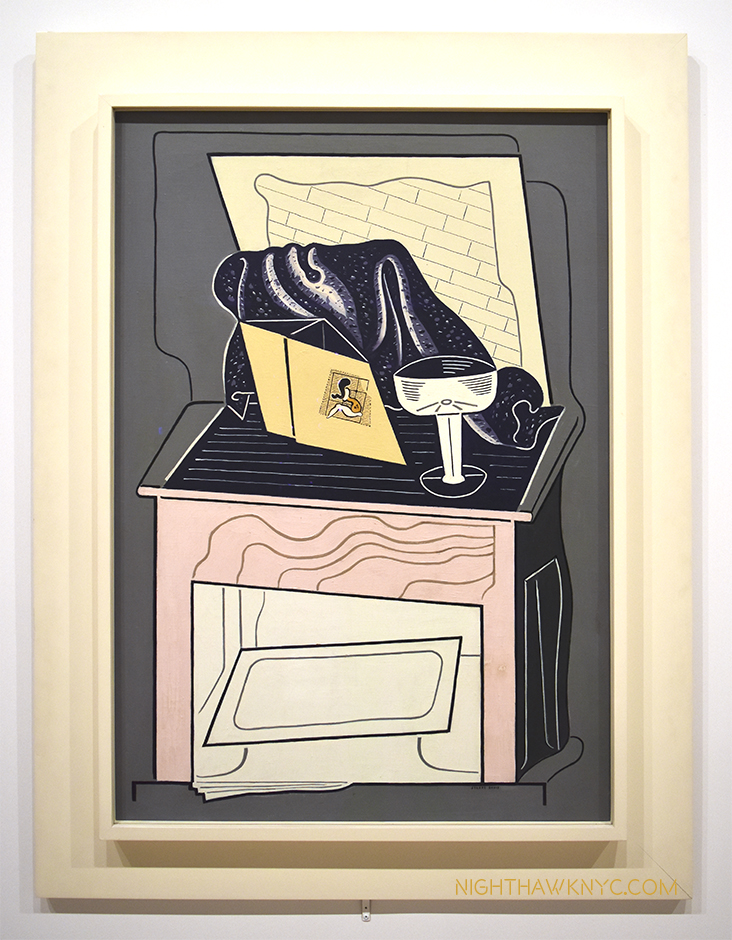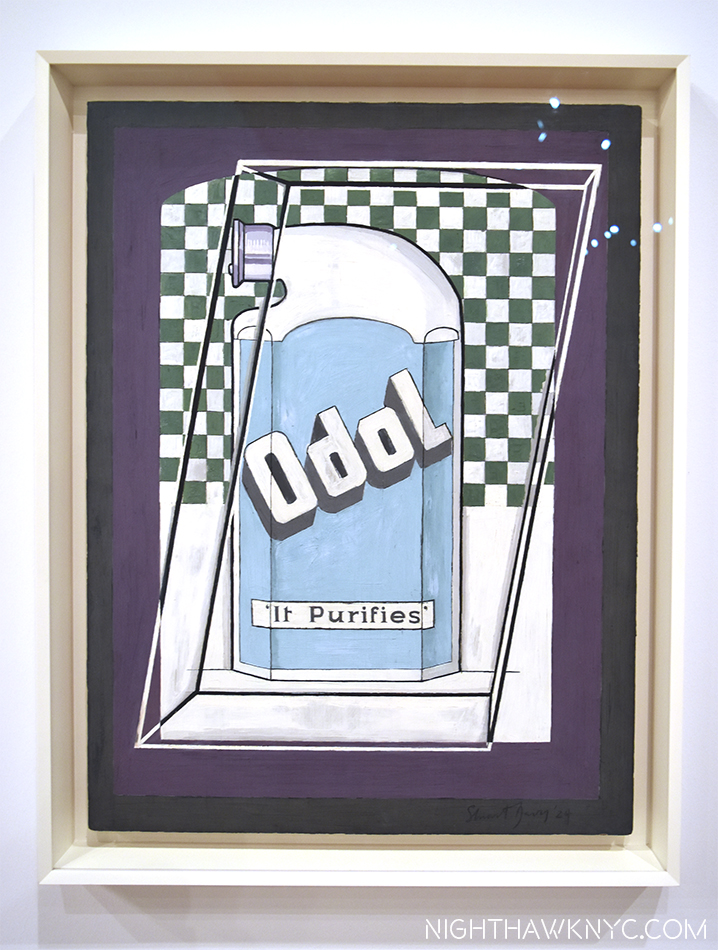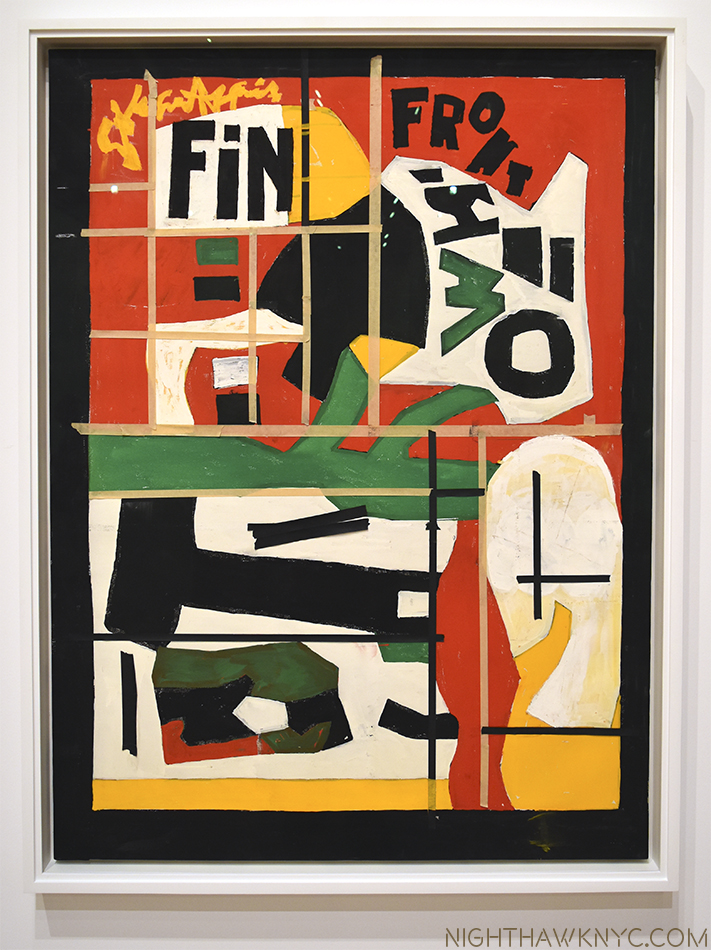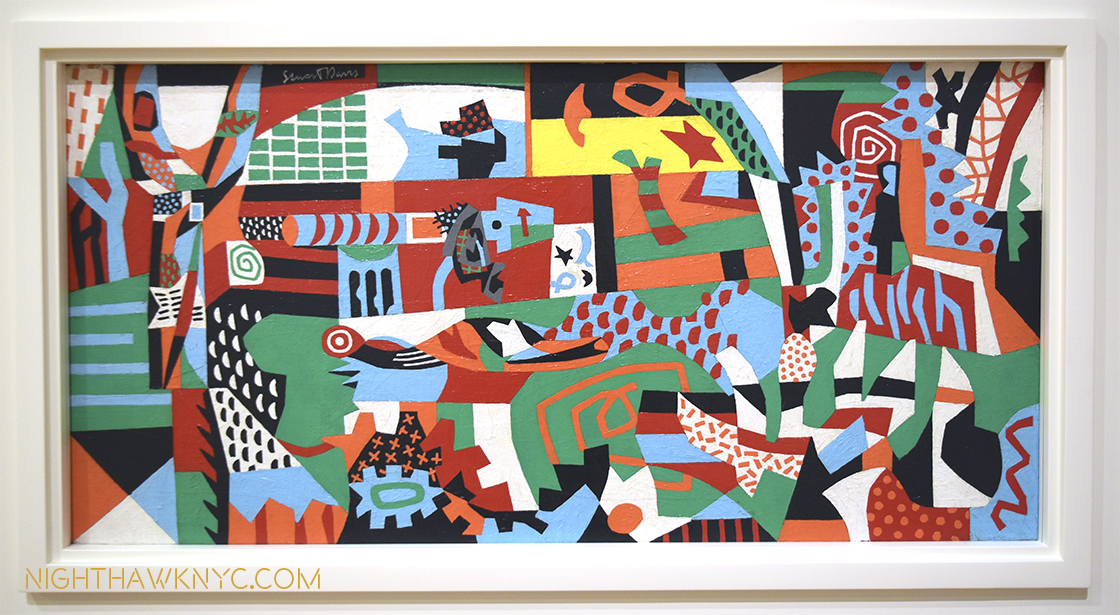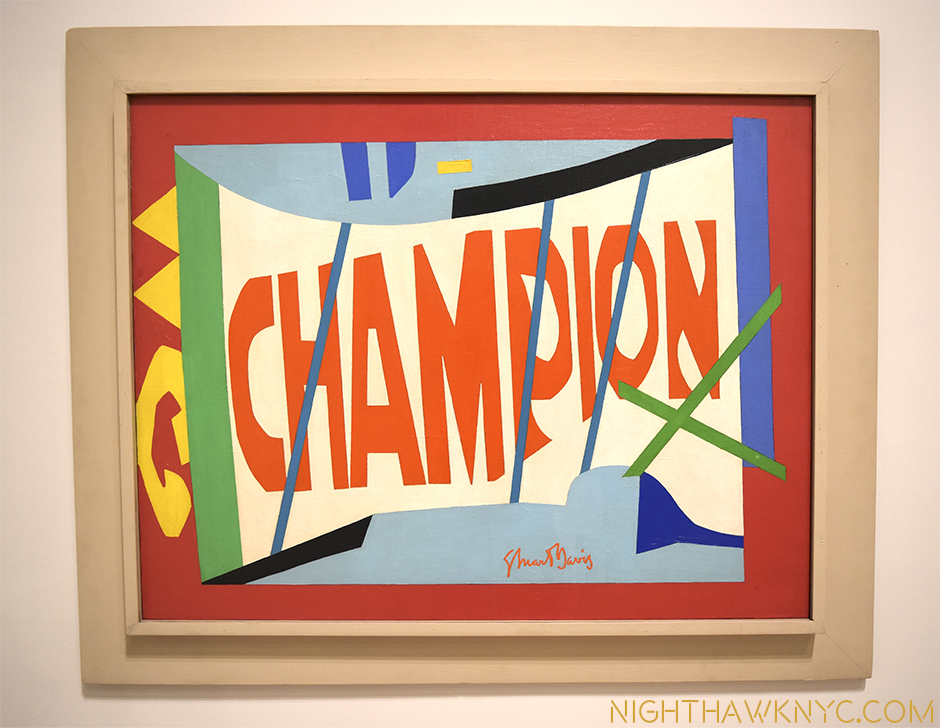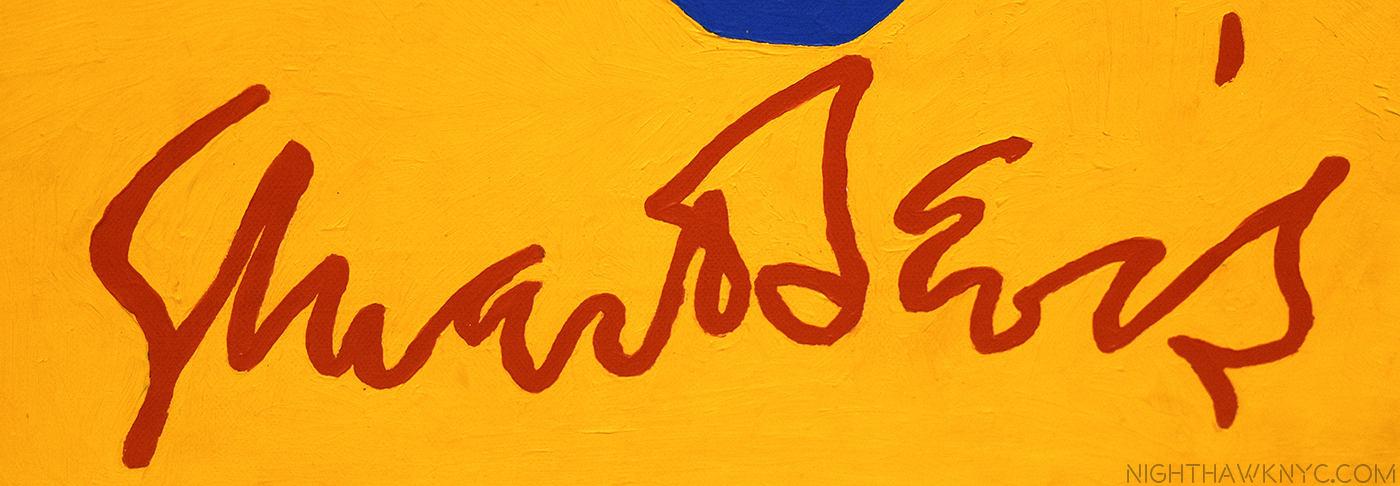Written & Photographed by Kenn Sava (*unless otherwise credited)
It’s impossible to walk around NYC and not be walking on history. More often than not? You’re walking on a spot where something historic happened. Usually, time and “progress” have left no reminder. You have to be an historian to know, or a long time resident to remember. Unless someone pulls your coat. Just this happened to me this past May 5th as I was walking down Cooper Square between East 4th and 5th Streets in the Lower East Side. When someone did…
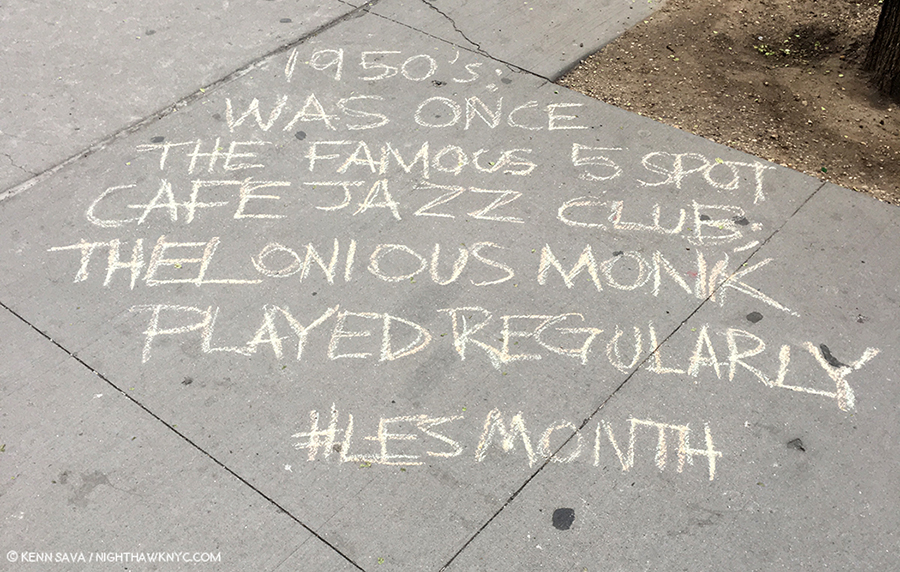
Once upon a time…On THIS spot stood The Five Spot Cafe, Cooper Square at East 5th Street, Lower East Side, (LES), NYC, May 5, 2018. Well? It’s gone now. But, is it? Chalk Editor’s Note- Add “This” in front of “was once…” Click any Photo for full size.
This story begins with chalk on the pavement, and a box.
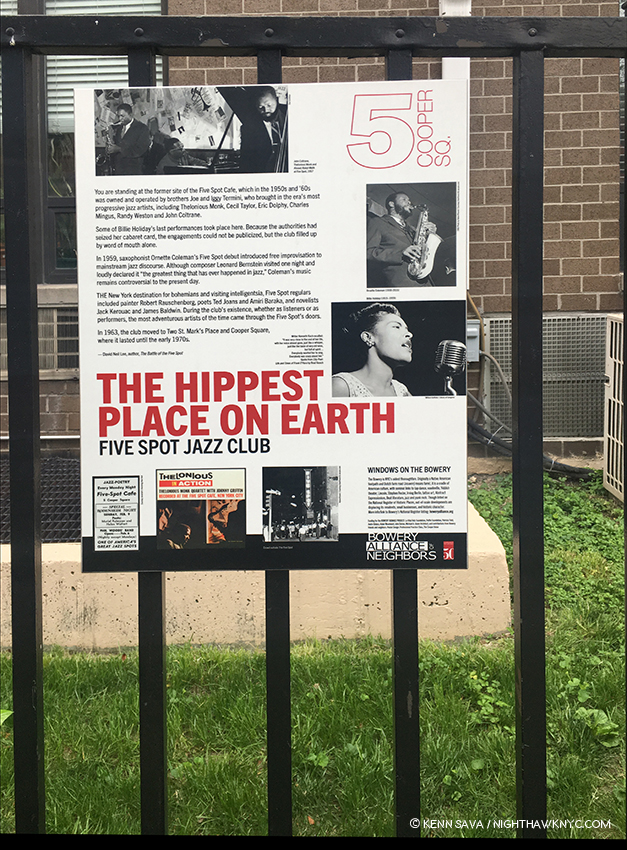
From everything I’ve heard about it, as a lifelong Jazz fan, and in preparing this piece, considering the Musicians who performed there, the Artists, Writers and Poets who frequented it? In the late 1950’s, the Five Spot was THE hippest place on earth. A temporary sign seen on the fence where it stood, above the sidewalk shot, May, 2018, shows Billie Holiday (who made some of her final performances here), Ornette Coleman, who changed the course of Jazz History, and a very rare Photo of Thelonious Monk with John Coltrane performing here, top, by unknown Photographers.
Shortly after the very moment I felt that tug on my coat, a discovery long hidden in the estate of a Magnum Photographer who passed away in 2008 would bring history back to life in the form of a PhotoBook and 2 shows. Before I get too far ahead of myself…
Magnum Photos has been around as the world’s leading Photo Agency, documenting what is history now for 71 years, since being founded by legends Robert Capa and Henri Cartier-Bresson along with David “Chim” Seymour, George Rodger, William & Rita Vendivert and Maria Eisner in 1947. Along the way many of the greatest Photographers of our time have been members at one point or another. Today, it’s going as strong as ever, with as well-rounded a roster as its possibly ever had, including Harry Gruyaert, who I recently interviewed, and other living legends, including Bruce Davidson, Elliott Erwitt and Susan Meiselas, as well as a veritable “all-star team” of younger Artists counting Alec Soth, Alessandra Sanguinetti, Cristina de Middel and, in 2018, Gregory Halpern among them.
Those who come now are standing on the shoulders of giants of Photography.
With so many luminaries in its already storied history, it’s easy for one to slip into a bit of a lack of attention from time to time. Take Burt Glinn for example. Born in Pittsburgh in 1925, he joined Magnum in 1951, one of the first group of Americans in the member owned organization. He became president of it in the 1970s and again in the 1980s. He achieved fame for his international work, including beautiful Portraits of Russia and Japan in color, as well as for his coverage of the Cuban Revolution, which saw him somehow gain access to Fidel Castro and his inner circle. Back at home, he profiled Marilyn Monroe, Elizabeth Taylor, and Katherine Hepburn, while also shooting Queen Elizabeth II’s visit to NYC. Burt Glinn is one of those Photographers who might illicit a “who?” from some today, but as soon as you start looking at his work, that’s quickly replaced by, “Oh, that’s his. So is that. So is that…” Like this one, perhaps the most famous image of Andy Warhol with Edie Sedgewick-
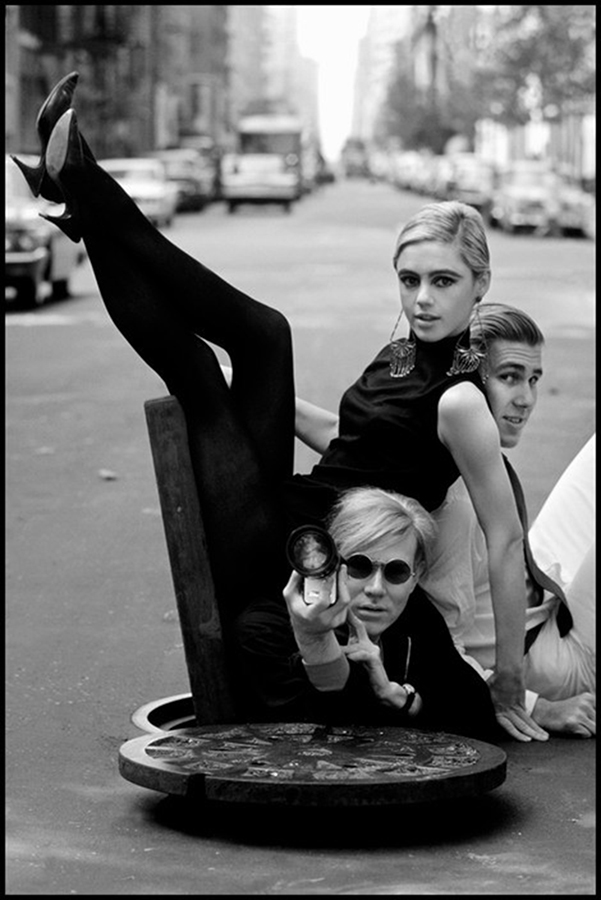
Andy Warhol with Edie Sedgwick and Chuck Wein, 1965, New York City. Photo by Burt Glinn/Magnum Photos.
Or, this unbelievable moment-
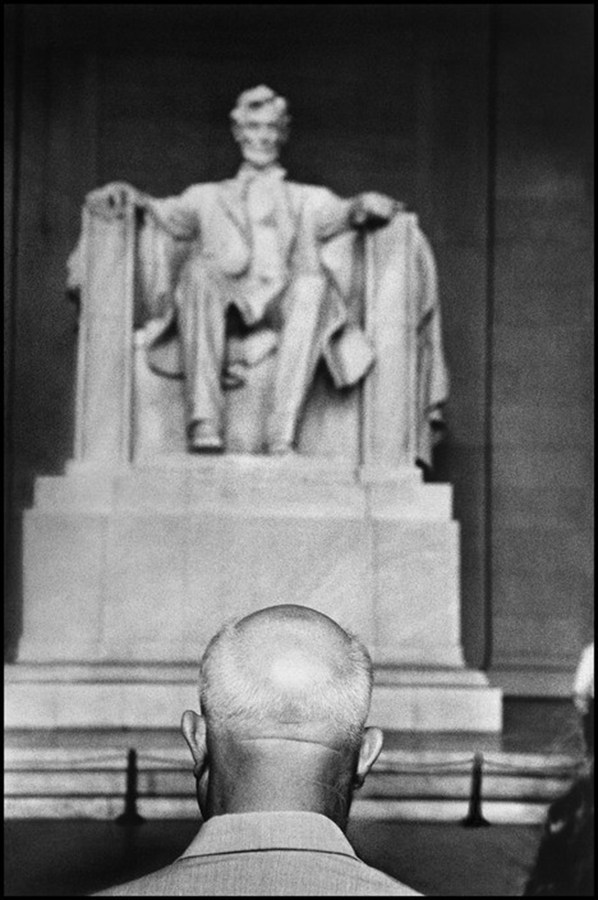
Nikita Khrushchev in front of the Lincoln Memorial, 1959, Washington, D.C. “Without a doubt,” the image of his that he most closely identifies with1. Photo by Burt Glinn/Magnum Photos.
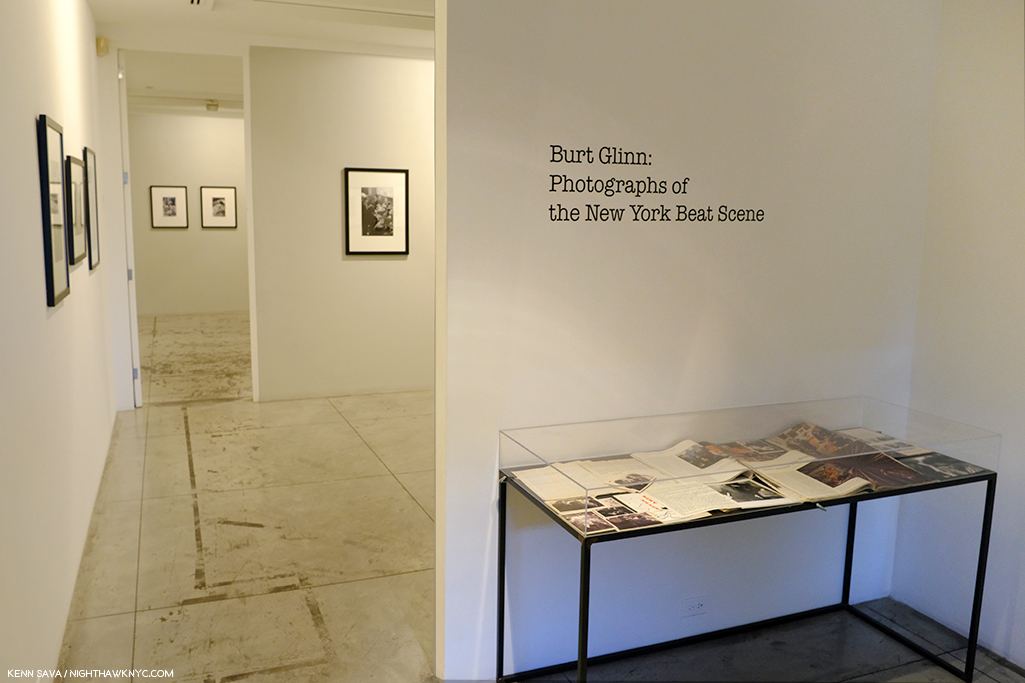
Installation view of the entrance to, Burt Glinn: Photographs of the New York Beat Scene, at Jason McCoy Gallery.
The NYC Art world is a mysterious place to most people on the outside, so having the rare chance to walk through a show in a famous gallery with its curator, particularly this show’s curator, Samantha McCoy, who works regularly with the Photographs of this Artist and his estate, at Magnum Photos, was a special privilege. It turned out that Samantha was also curating a show by Artist Carla Gimbatti at ChaShaMa– at the same time! “He’s a chameleon,” she warned me before we began. As we turned the corner into the first gallery, I saw what she meant.
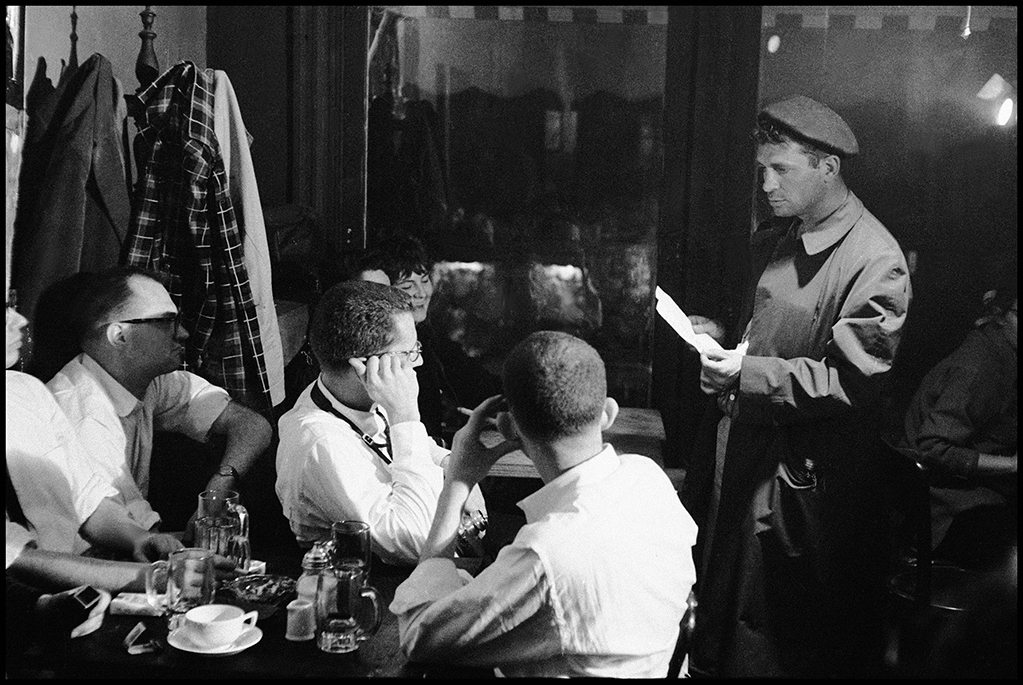
Jack Kerouac holds forth to an enraptured audience, Seven Arts Coffee Gallery, 1959. This is how it started- with a poet or writer reading his work aloud in coffee shops, bars, or wherever they could. I’d love to know if that woman laughing in the back was laughing at something Jack said, or not. Everyone else looks very serious. The beret became a Beat trademark. Photo by Burt Glinn/Magnum Photos courtesy Jason McCoy Gallery.
As we looked, it immediately became apparent that these aren’t just any Photos of the Beats (Jack Kerouac, Allen Ginsberg, LeRoi Jones, who was later change his name to Amiri Baraka, and Gregory Corso). They’re a fascinating window into their daily lives, an invitation to hang out with them in moments public and private, and, in a revelation, they also offer an unprecedented chance to see the Beats in the company of a number of Painters and Sculptors, including Helen Frankenthaler, Willem de Kooning, David Smith, Franz Kline, Joan Mitchell, Larry Rivers, and Musicians, including David Amram and Lee Bostic. These images fire the imagination as they draw you in to ponder just what was being discussed. In addition to being beautiful Photographs that add another dimension to Burt Glinn’s achievement, like so many of his other works, these are vitally important historical and cultural documents. To top it all off, the book and the shows mark the first time color Photographs of the Beats in their early days have been seen!
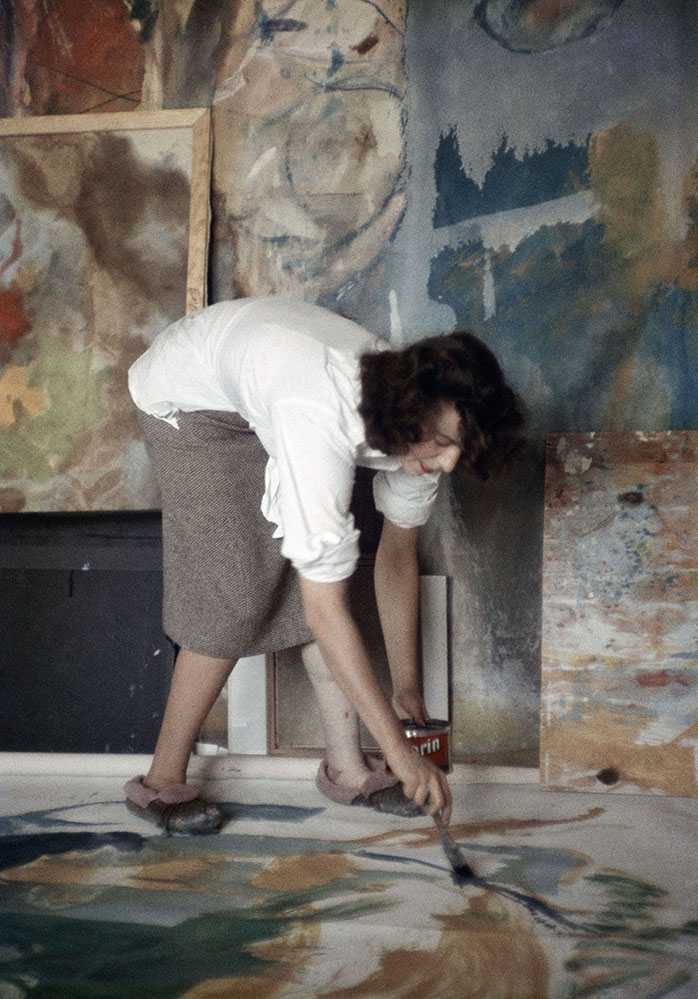
Young Helen Frankenthal her in her studio working on an abstract expressionist painting. I always look at her work and wonder how she Painted it. Now, I have an idea. Helen Frankenthaler at about age 28, rarely seen at work in this period, shown in the act of creation in her NYC studio in 1957, in color! Photo by Burt Glinn/Magnum Photos courtesy Jason McCoy Gallery.
Given her experience working with Burt Glinn’s Photographs at Magnum, I asked Samantha what surprised her about this newly discovered body of work. “Before learning about the release of the beat scene by Reel Art Press, I was actually not at all familiar with this particular body of work,” she said. “It was a surprising and exciting discovery. I found it particularly impressive to learn that Burt had followed the Beats on his own accord2. As Elena Glinn informed me, ‘It was Burt’s roommate, Clay Felker, who had said to Burt, ‘We have to do something with these nonconformists who are all over the place. Go after those guys. Go to openings.’ Burt just did it, and he went to everything. He went to the poetry readings, to the gallery openings, to artist’s studios.'”
3 years younger than Jack Kerouac, a year older than Allen Ginsberg and 3 years older than Helen Frankenthaler, Burt fit right in with the Beats and the Artists.
” I love how Burt is able to transport you to this pivotal time in New York; he had this uncanny ability to really capture the atmosphere in such a way that you feel you are there,” Ms. McCoy added. “He was a true chameleon in that sense. And then, of course, to put this series into the context of everything else he was shooting at that time is all the more riveting. He was an immensely gifted storyteller.”
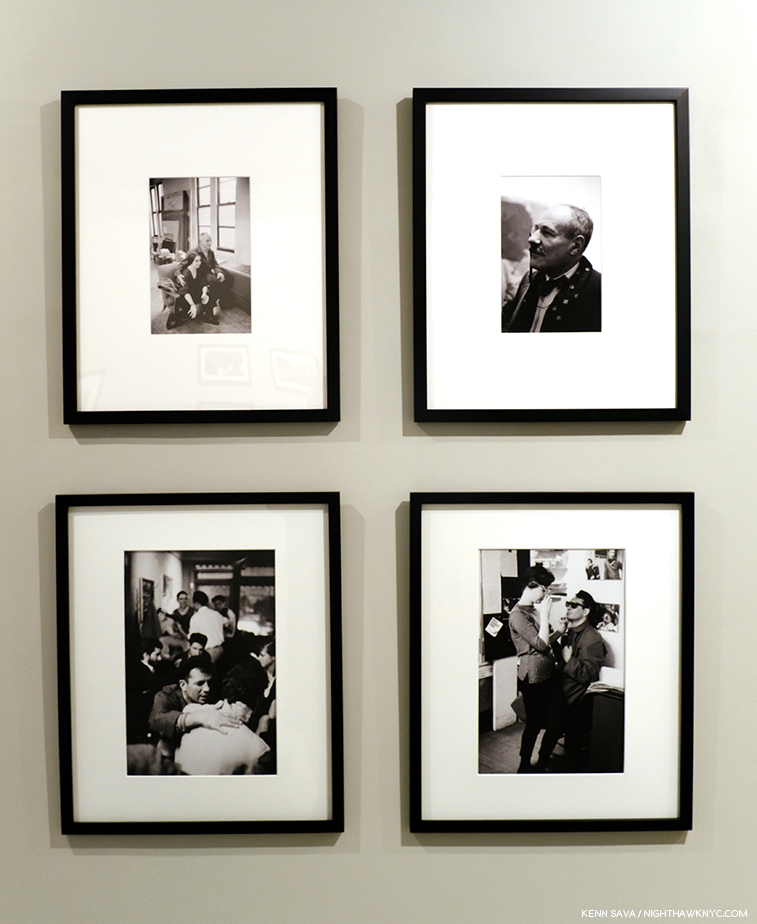
Speaking of telling stories, Samantha McCoy was, also, doing just that in the way she installed the show. As we see in this particularly interesting grouping she chose. Upper left, Dancer Anita Huffington and Willem de Kooning, 1957 NYC, Painter Barnett Newman at a gallery opening, 1957, NYC, right. Lower left and lower right- 2 Photos from the series Jack Kerouac holds forth to an enraptured audience, Seven Arts Coffee Gallery, 1959. As she says, Burt Glinn seemed to be everywhere.
I asked Samantha about the her groupings that seem to tell “short stories” within the larger body, and about her approach to installing this show. She said, “This is a very keen observation, and was definitely on my mind while curating, though I must say Burt’s work lends itself to this type of curation.”
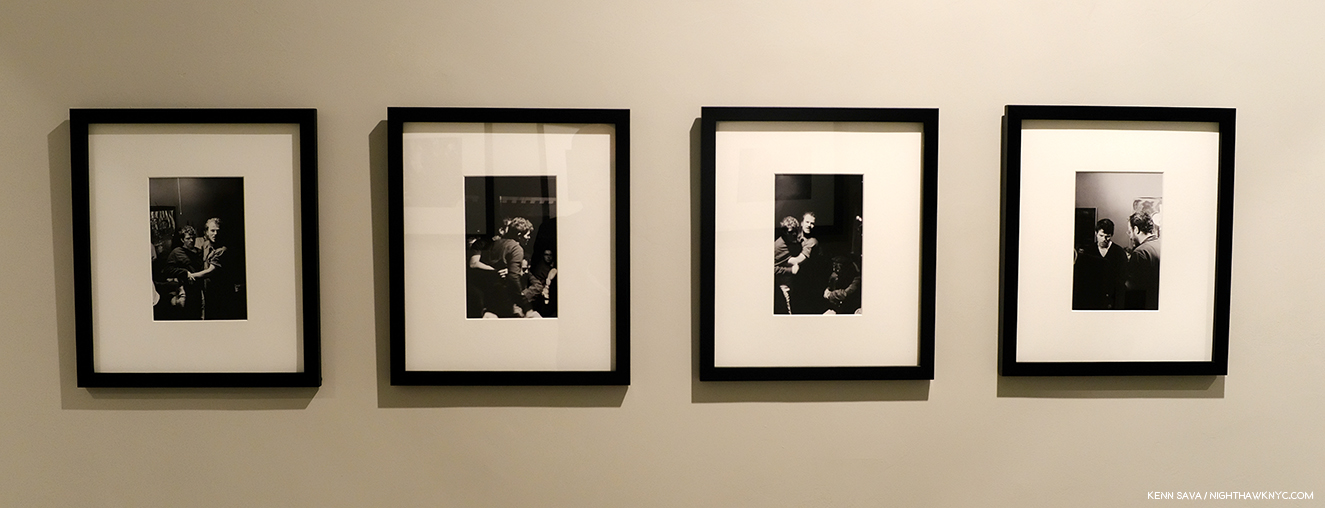
Four from the series, Things get rough. John Rapinic restraints Corso who hurls insults at reporter: “But you don’t understand Kangaroonian weep! For sake thy trade! Flee to Enchenedian Islands”
And foreground, wizened Kerouac plays it cooler, 1959, NYC. That is Burt Glinn’s title for this series!
She continued, “There were so many anecdotes that spoke to me when I was making the edit, so I suppose I was hoping to give each of them life. The Beat life in New York was full of small stories, in different landscapes and pockets of New York. I wanted the viewer to have a feeling of all of them, as well as the scope of this movement.”
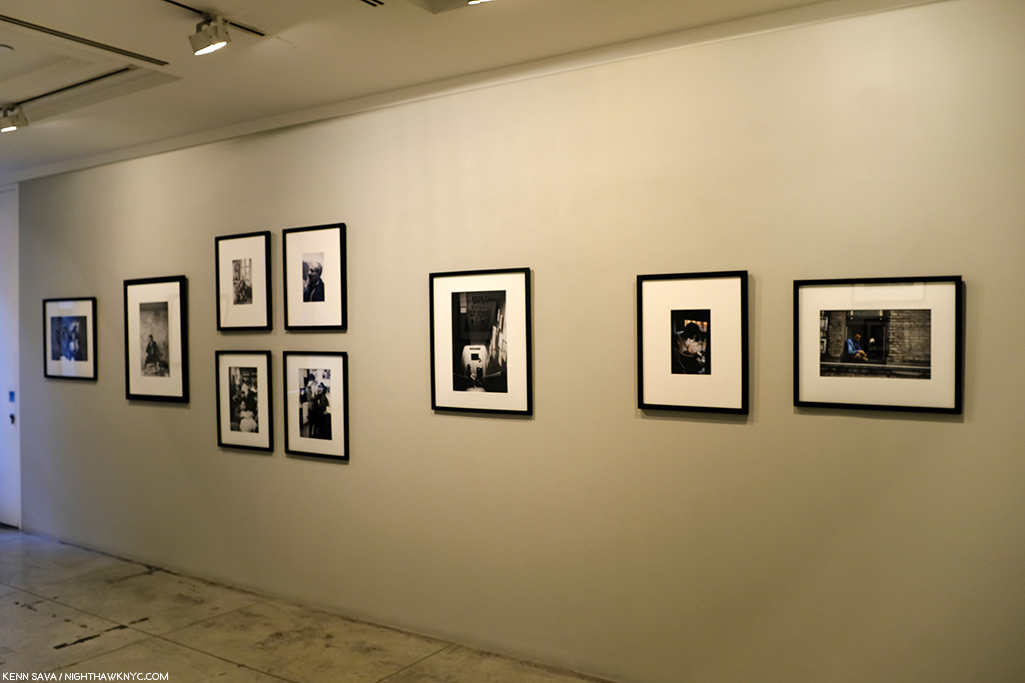
This wall, in particular, is full of unexpected intimacies. It starts with LeRoi Jones at home, Newark, New Jersey, USA, 1959, seen, apparently unawares, sitting in the window of his Jersey City home, right, and includes Photos of Helen Frankenthaler hugging David Smith, far left and below, as well as the group of four seen just earlier.
Particularly interesting to me is that these Photos were taken at the exact moment when the first generation Abstract Expressionists were seeing their hold on the cult of culture in NYC begin to gravitate to the Beats3, which would continue well into the Rock ‘n Roll era of the 1960s and beyond. NYC, and indeed, the world, would never be the same.
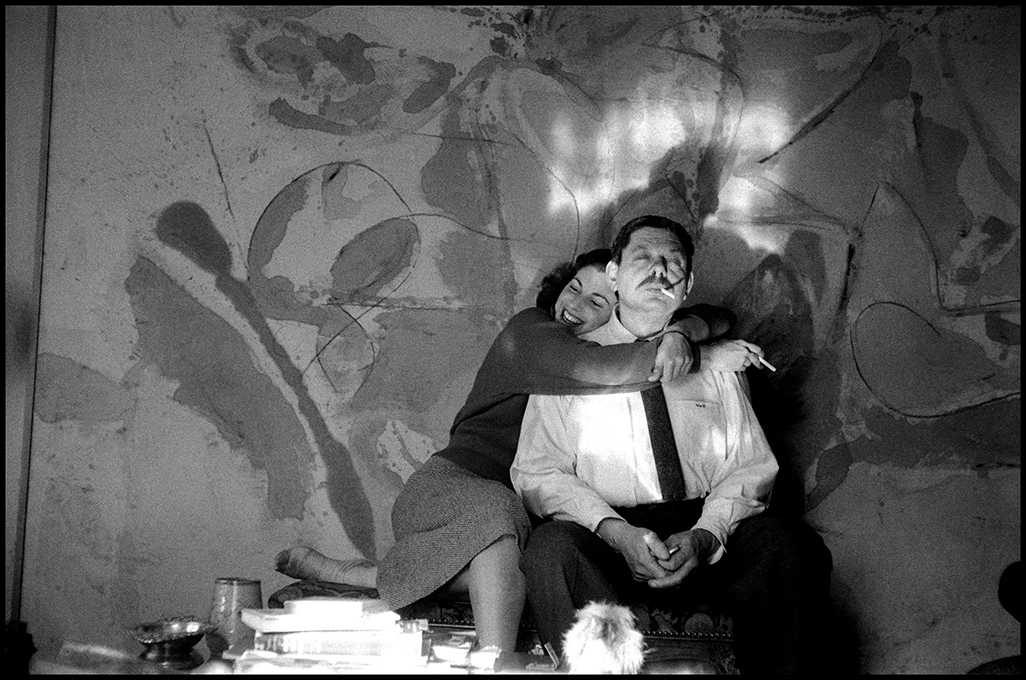
HOW was Burt Glinn able to get this shot? Painter Helen Frankenthaler and Sculptor David Smith in Frankenthaler’s studio, New York City, 1957. My favorite image in the show. David Smith is a very under-appreciated Artist, today, in my view, but not, apparently, by Ms. Frankenthaler.
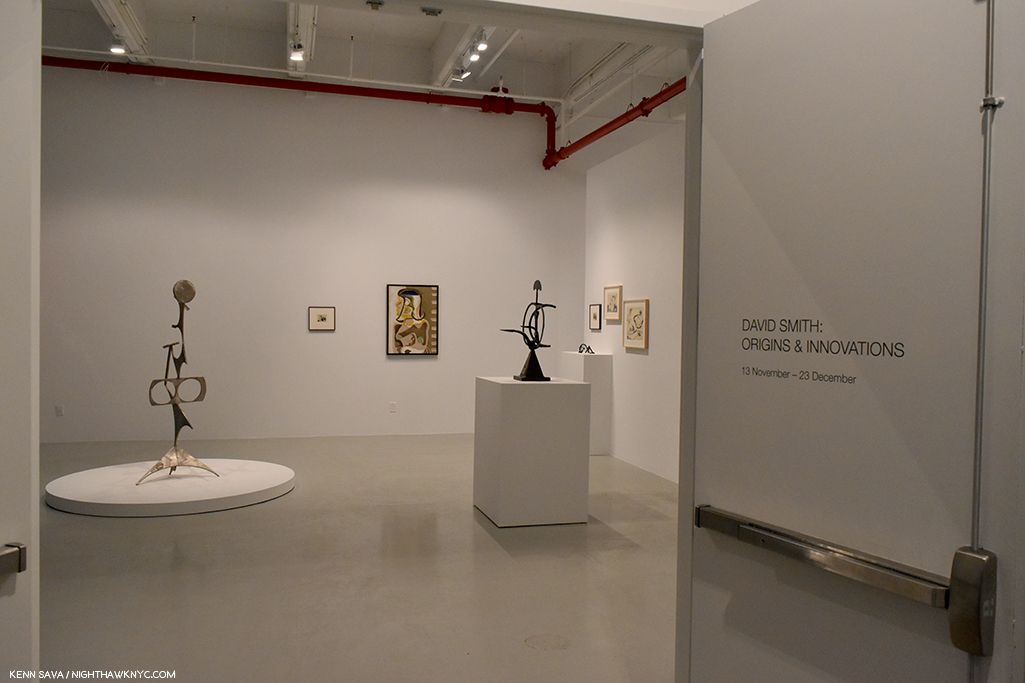
Installation view of the excellent David Smith: Origins & Inventions, Hauser & Wirth, NYC, December 21, 2017.
No less than half of the Photos included in the show (22) were taken in 1957, the year On The Road was published, the very moment the Beats rose to cultural and literary prominence. That same summer, on stage at the Five Spot, the great Thelonious Monk was joined by the equally great John Coltrane, recordings of which were discovered and released in 1993. A further 14 of these Photos were taken in 1959, the year that Jack Kerouac, Allen Ginsberg, Gregory Corso, Larry Rivers, and David Amram, featured here, also appeared in Robert Frank’s legendary film, Pull My Daisy. And, 1959 was also the year that Burt Glinn received the Matthew Brady Award for Magazine Photographer of the Year from the University of Missouri. Heady times, indeed.
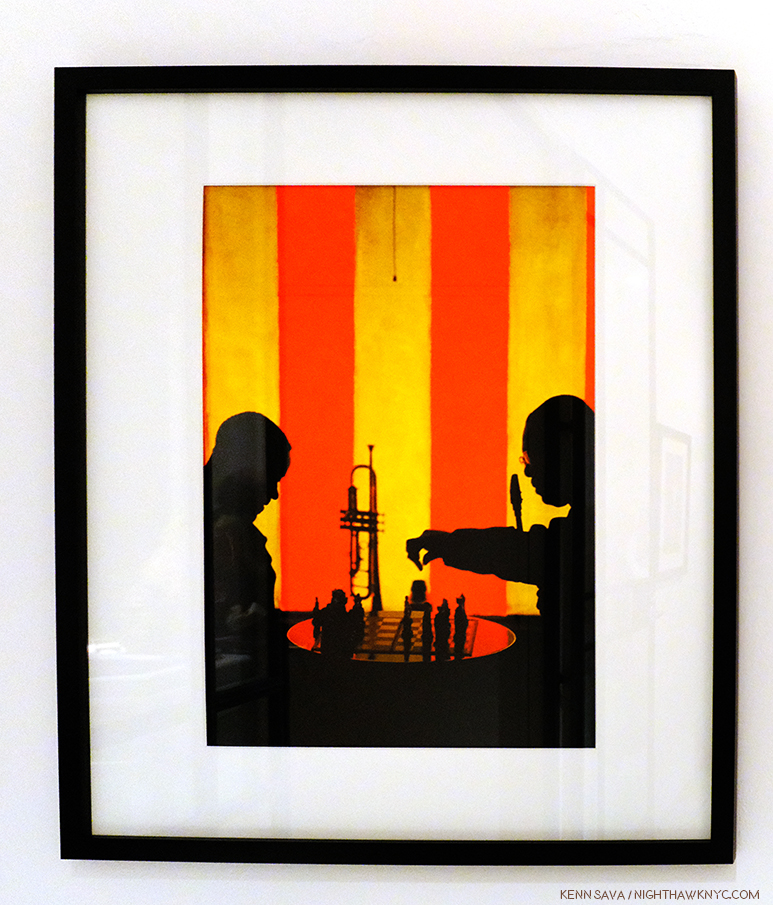
Burt Glinn’s startling color Photos of the Beats are the first ever published. Here- A Chess interlude during a break in the revelry at the Blackhawk, a night spot on the corner of Turk and Hyde Street where eminent jazz performers are often to be found in action. The player making the move here is Earl Bostic virtuoso of the loud tone alto, 1960, San Francisco.
Although he later went to San Francisco to Photograph the Beat scene there, only one of those shots is on view here. “I really wanted to stay focused on the New York work,” Samantha said.
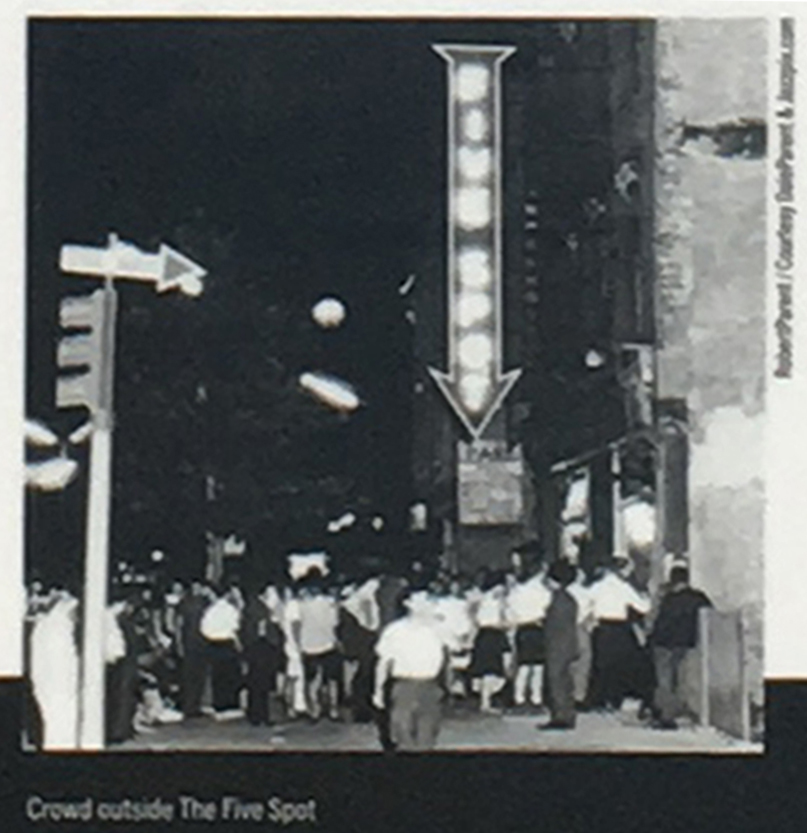
The crowd outside the Five Spot. I love that the sign scream THIS is the place! Unknown date. Unknown Photographer.
In New York, along with the famous Cedar Tavern, perhaps no where was more the place to be in the day than the Five Spot. There aren’t many Photos of the club, or what was going on inside of it, so Burt Glinn’s are an invaluable addition to those we have, taking us right into the midst of it.
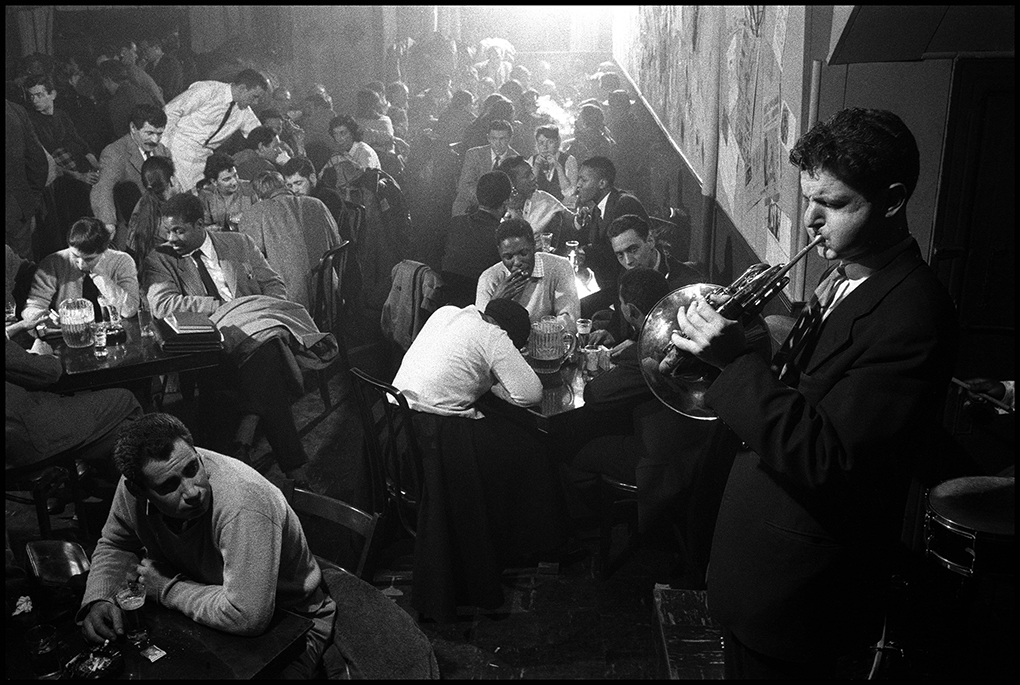
Live from the Five Spot. This looks like Burt Glinn was actually right onstage! David Amran entertains at the Five Spot Cafe, 1957. Then, as now, a French Horn is still unusual to see in a Jazz club. Photo by Burt Glinn/Magnum Photos courtesy Jason McCoy Gallery.
Then, there are the recollections of those who were there4. I asked gallery owner Jason McCoy what he thought of the show, he said, “The photographs and the New York light brought back a nostalgia and sense of smell I associate with tenement hallways in Chinatown and in the Bowery, all places frequented by artists in those days!”
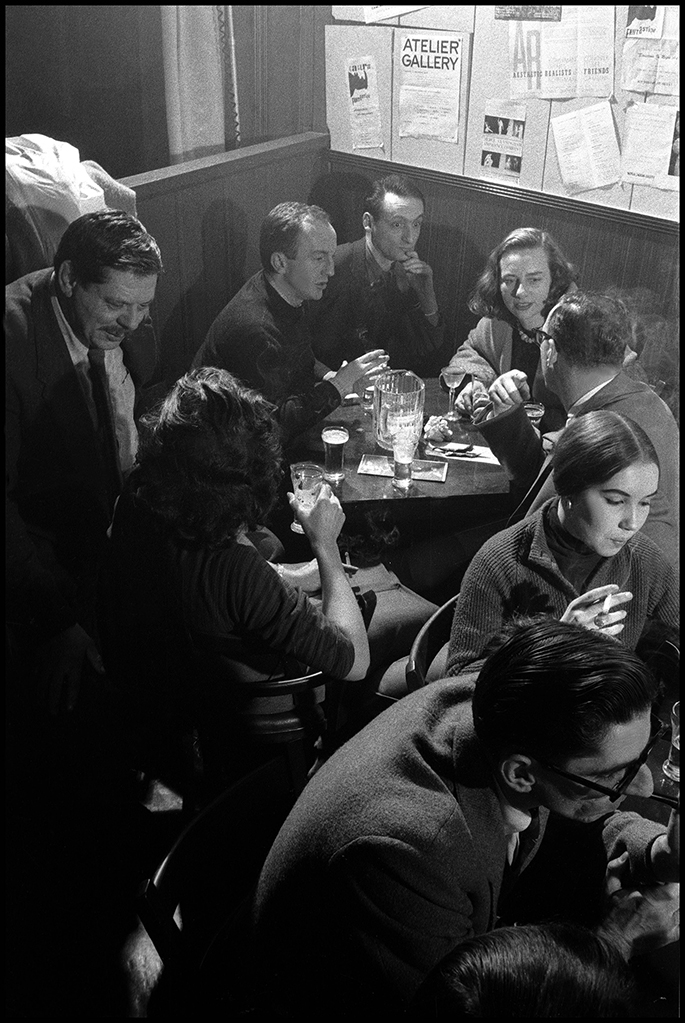
A back table at the Five Spot. left to right are sculptor David Smith, Art guru frank O’Hara,
a poet; Larry rivers and grace Harriman, both artists; an economist, Sydney Rolfe, dancer Anita Huffington, and Bill Hunter a neurosurgeon. The lady with her back to the camera is painter Helen Frankenthaler. Peak crowd is about midnight. In quieter moments a poet will sometimes read his verse to the music. Bar jumps till 4 AM, NYC, 1957. A wonderful composition. My guess is that this is the corner seen in the top, right of center in the preceding Photo. Photo by Burt Glinn/Magnum Photos courtesy Jason McCoy Gallery.
During this time, Burt Glinn was not only busy documenting the activities of the famous and the rising stars, he was also, everywhere else. He showed up at parties where none of the “big names” were. He haunted side streets as well as the bars, all of this enabled him to capture the full flavor of the scene, catching its atmosphere as he strove to find its essence. He’s even in Washington Square as the sun rises on a new day catching a lone minstrel with an acoustic guitar putting the night to bed with a song.
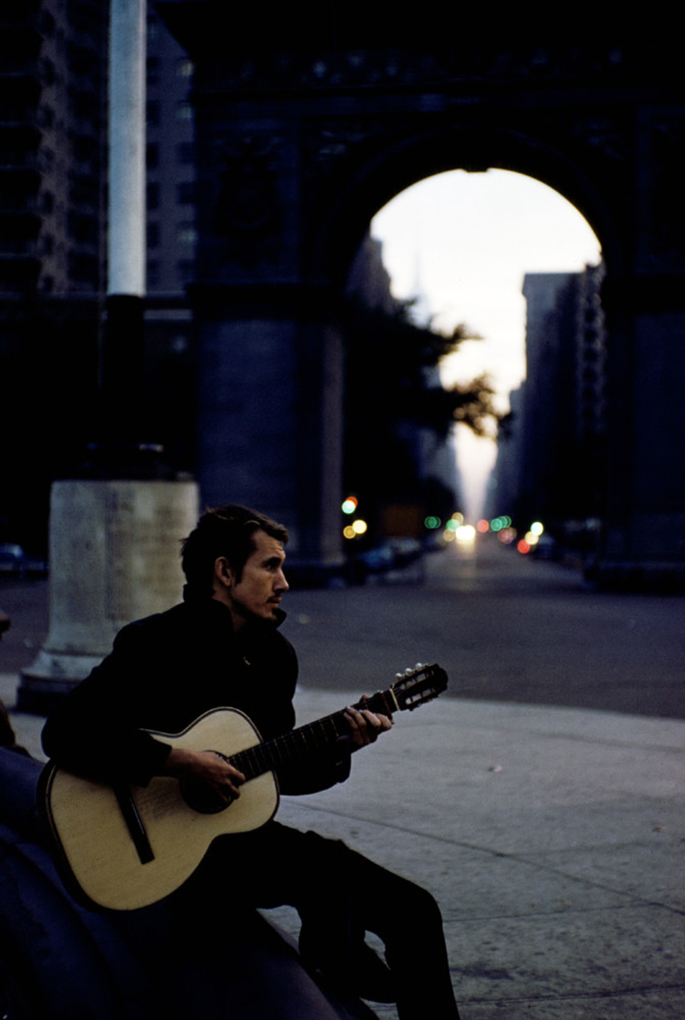
It’s a new day rising. A streak of loneliness runs through these Gordy evenings on the town. Today, a lone guitarist plays the last music of the night, NYC, 1959. Photo by Burt Glinn/Magnum Photos courtesy Jason McCoy Gallery.
No matter where he is, in his photos you’re right there- sitting at a crowded table, having drinks, and discussing literature, poetry, Art, life. You’re hunched in a corner of the Five Spot listening to the band, though you can’t even see all the musicians. Or, you’re listening to the Beat poets recite or test drive their latest creation at 2 a.m. You’re in the studio with Helen Frankenthaler, Willem de Kooning, and others. You’re going over to visit LeRoi Jones…
For the Beats, it was the best of times. Soon, millions of young people (including four lads from Liverpool, England, who would borrow the name) would aspire to be part of what was happening right in front of Burt Glinn’s lens. Back when very few knew.
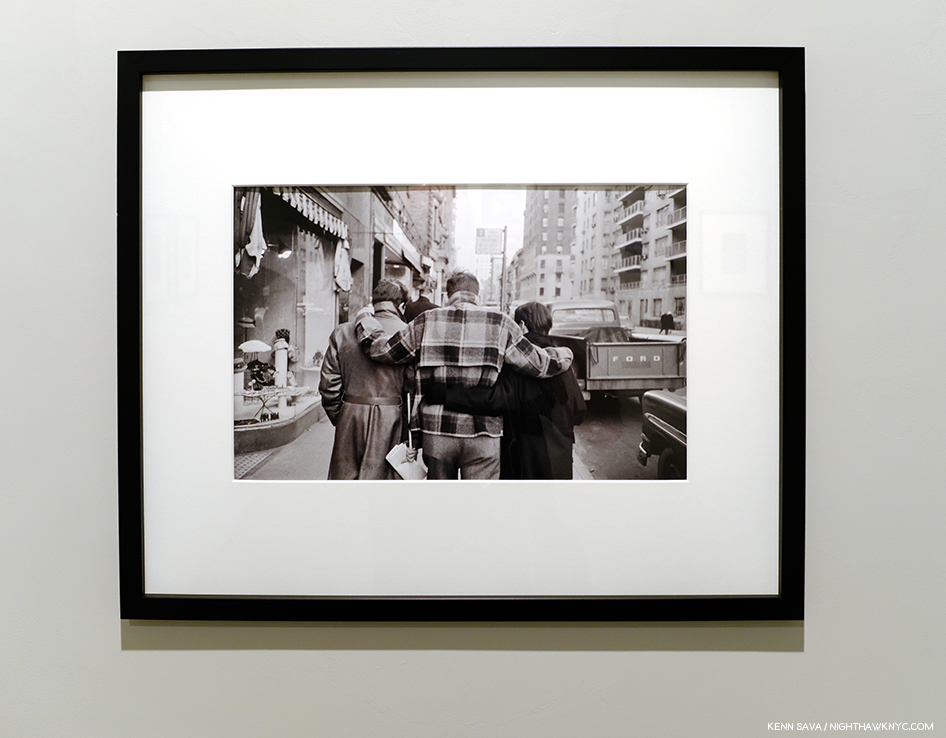
Walking into history. Samantha McCoy told me chose this work to close the show as a “fitting farewell.” From left to right: Gregory Corso, Allen Ginsberg, and an unidentified woman. New York City, USA, 1957.
Jack Kerouac knew. He wrote a piece to accompany Burt’s Photographs called “and this is the beat nightlife of new york,” which reminded me why I went through a “Kerouac period.” Fittingly, the original was found with them. Where it belongs. Like in a time capsule. A parchment testament of the times.
But not the New York Times, these are the On The Road times. The Dharma Bums times. The Howl times. The Subterraneans times. The ‘Round Midnight times. The Pull My Daisy times.
The times they were a-changin.
the beat scene: Photographs by Burt Glinn– Includes that terrific essay by Jack Kerouac, “and this is the beat nightlife of new york,” 170 Photographs, including the first 70 color Photos of the Beats in their early days ever published, and many Photos that show more of the public, and private, life of the Beats, the Artists, Musicians and others. It’s a unique PhotoBook because it shows seminal figures in 20th century Art, Music and Literature in close proximity as they live their lives at what was a key moment in each of their lives, and the culture of the world, along with other folks the world either never knew or has already forgotten, who, as Samantha McCoy said, “were more friends and drinking buddies.” Recommended.
Allen Ginsberg Photographs, 1990- is the other classic book of Photographs of the Beats. Ginsberg is a Poet whose work seems every bit as relevant today as it was when he wrote it, and his Photographs came to public attention, and acclaim, late in his life. They deserve the acclaim, in my opinion. Andrew Roth agreed and he included Allen Ginsberg: Photographs in his The Book of 101 Books: Seminal PhotoBooks of the Twentieth Century, one of the standard references on the subject for many. To date, I have only seen 1991 second edition copies and I found the reproductions lacking, though they are printed in a nice size. Perhaps the paper hasn’t aged well, I’m not sure. Perhaps they’re better in the out of print first edition, or perhaps this important part of Mr. Ginsberg’s oeuvre needs a new edition. In that case, unlike Allen Ginsberg: Photographs, he will no longer be able to oversee it, unfortunately. Recommended, if you can find a copy who’s reproductions do justice to the work.
*-Soundtrack for this Post is The Thelonious Monk Quartet: Live at the Five Spot: Discovery!, a very rare meeting of two Musical giants of the 20th century, Monk & John Coltrane, (let alone whoever may have been in the audience that night), part of which you can hear, here-
My thanks to Samantha McCoy of Magnum Photos, and to Jason McCoy and Amanda Konishi of Jason McCoy Gallery.
NighthawkNYC.com has been entirely self-funded and ad-free for over 6 years, during which over 250 full length pieces have been published. If you’ve found it worthwhile, you can donate to keep it going & ad-free below. Thank you!
Written & photographed by Kenn Sava for nighthawknyc.com unless otherwise credited.
To send comments, thoughts, feedback or propositions click here.
Click the white box on the upper right for the archives or to search them.
For “short takes” and additional pictures, follow @nighthawk_nyc on Instagram.
Subscribe to be notified of new Posts below. Your information will be used for no other purpose.
- https://web.archive.org/web/20091229204516/http://www.nppa.org:80/news_and_events/news/2008/04/glinn.html ↩
- Later, he was given an assignment to Photograph the San Francisco Beats for Holiday Magazine. Some of these images were last, and only, seen there, and in a few other magazines of the time. The rest have not been seen previously. ↩
- Partially due to the tragic death of Jackson Pollock, Jason McCoy’s uncle, on August 11, 1956 at 44 ↩
- You can read the recollections of some of the Musicians who played there, here. ↩

